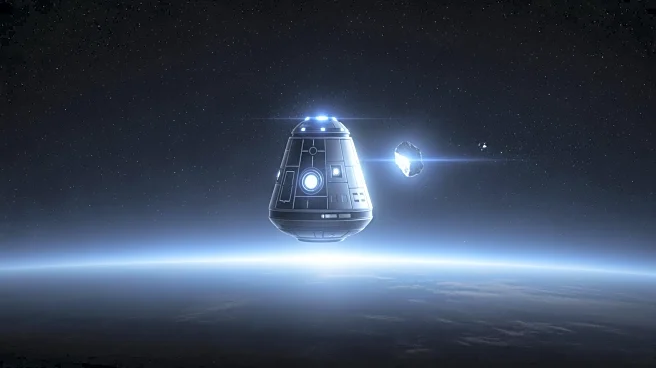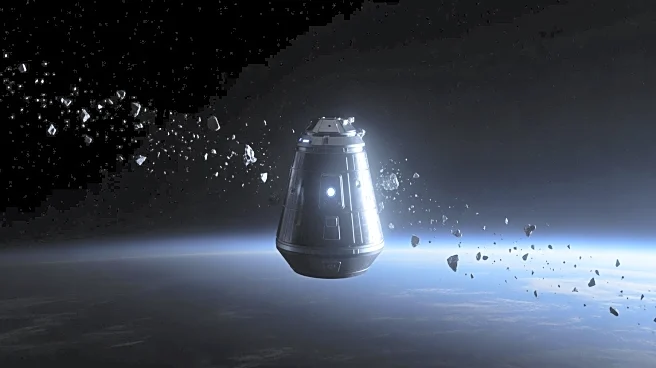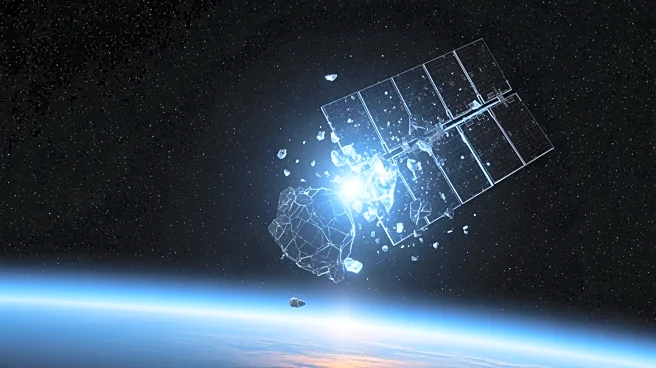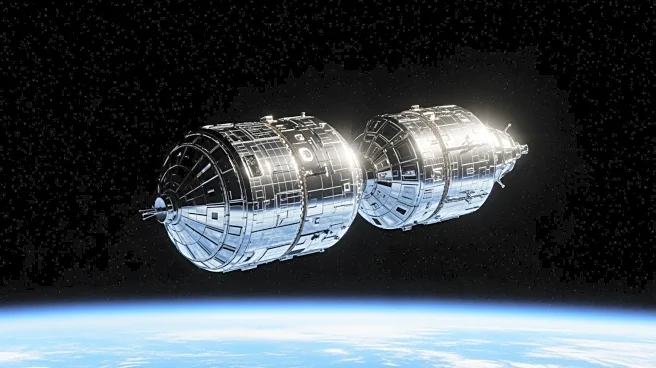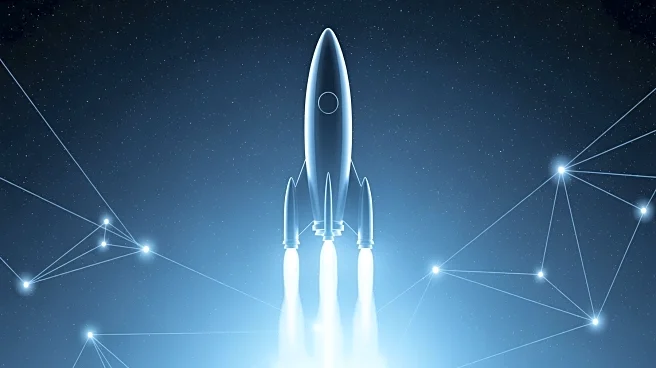What's Happening?
A recent incident involving space debris striking China's Shenzhou 20 spacecraft has highlighted the need for a space rescue service. The impact cracked a window on the crew's return vessel, delaying their
return to Earth and necessitating the use of a different spacecraft. Experts, including Jan Osburg from RAND Corporation, emphasize the importance of developing rescue capabilities for both governmental and private space missions. Compatible docking systems and communication protocols are suggested as essential components for effective space rescue operations.
Why It's Important?
The growing presence of space debris poses significant risks to both manned and unmanned missions, necessitating improved safety measures. The incident underscores the vulnerability of space assets and the potential for catastrophic outcomes if rescue capabilities are not developed. As private sector spaceflight expands, the need for standardized rescue procedures becomes more pressing. This situation could drive international collaboration to establish protocols and technologies that ensure the safety of astronauts and spacecraft, potentially influencing space policy and industry standards.
What's Next?
China is preparing to launch the Shenzhou 22 spacecraft as a new lifeboat for its space station. This incident may accelerate efforts to develop international agreements on space rescue operations and debris management. Stakeholders, including space agencies and private companies, might collaborate to create interoperable systems and shared rescue protocols. The focus will likely be on enhancing debris tracking and removal technologies, as well as establishing a framework for coordinated rescue missions.


